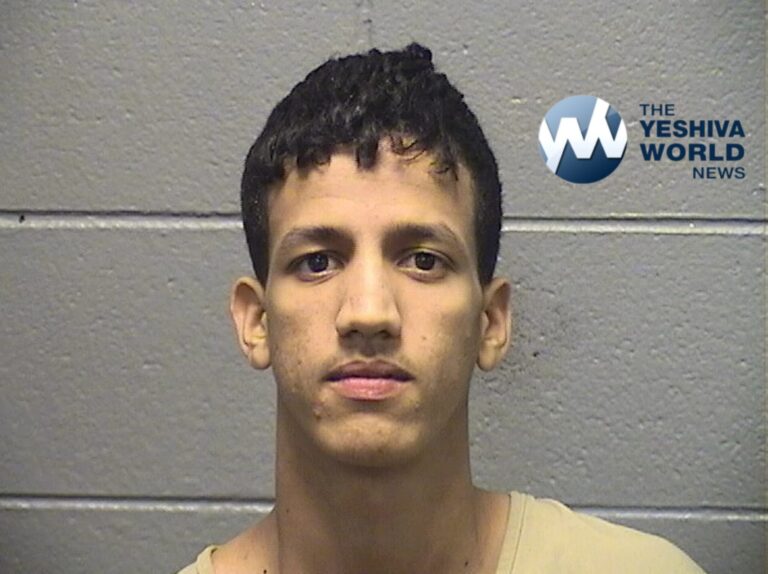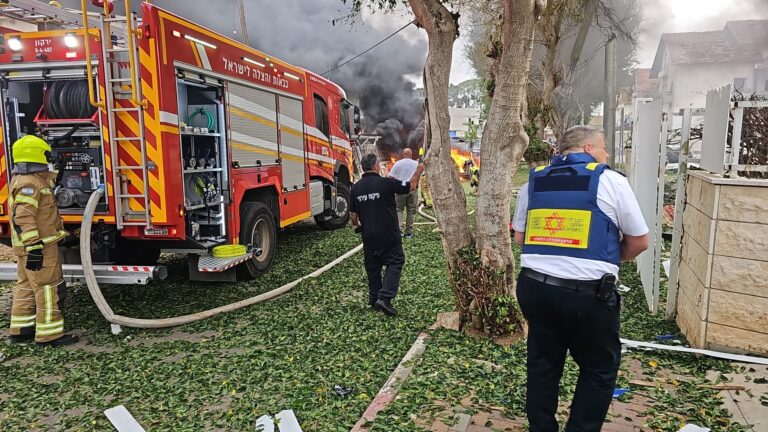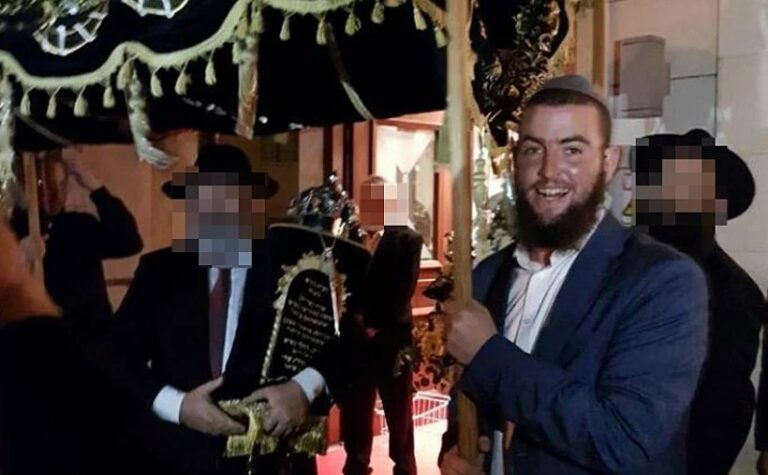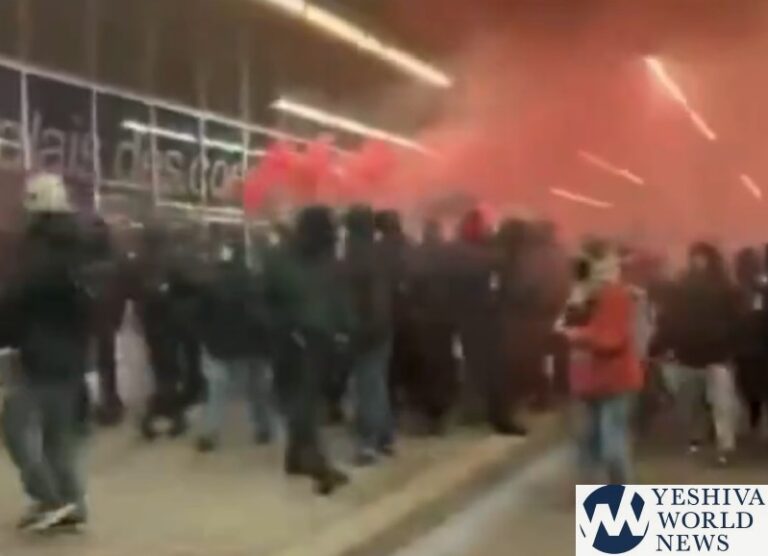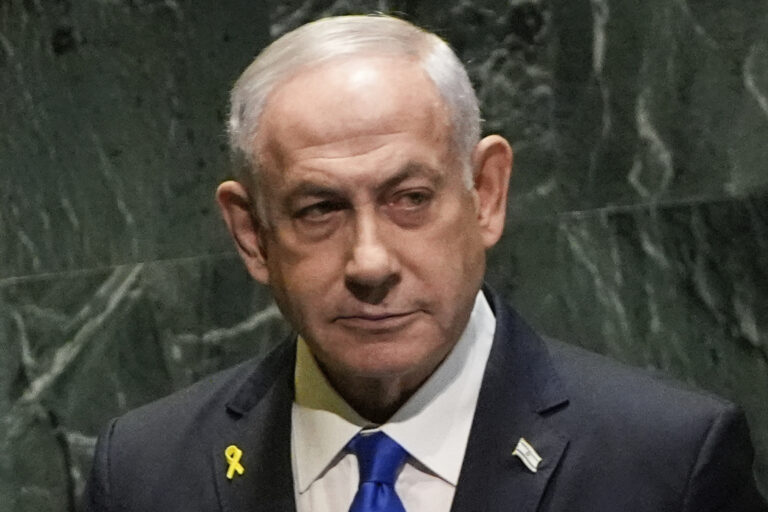Parshas Pekudei is usually paired together with the previous weeks parsha, Vayahkel, as both parshiyos deal with the building of the Mishkan and the clothes for the Kohanim. At the beginning of the building process, in last weeks parsha, it was established that Betzalel would be leading this project. The gemara in Berachos (55a) states that at the time Hashem commanded Moshe to build the Mishkon he told him “go to Betzalel and tell him to build the Mishkon followed by the Aron and kaylim. But Moshe went to Betzalel and reversed the order that Hashem told him. He commanded Betzalel to “make the Aron, kaylim and Mishkon.” Betzalel then says ‘Moshe, shouldn’t the proper order be to first build the house (Mishkon) and then bring in the furniture (kaylim) and you’re telling me that I should first build the Aron and kaylim and then the Mishkon? Where am I going to house the kaylim that I am going to build? Maybe Hashem meant to first build the Mishkan and then the Aron and kaylim?’ It was at this point that Moshe responded שמה בצל א-ל היית וידעת, maybe you really knew what Hashem meant originally; and it was in that order that Betzalel did actually build the Mishkan.
What exactly was the reasoning behind what Moshe did on what Hashem had asked him in relaying this message to Betzalel?
The Meshech Chochma tells us the fascinating reasoning into the thought process of Moshe rabbeinu.
What made the Mishkon so special? What was distinctive about it? The uniqueness was that it was comprised of donations made by all of klal Yisroel. But not just regular contributions; it was donations made by people who were beyond ecstatic. They couldn’t hold back their joy and emotions; they were so contented to donate. It was the work; the art; the labor of klal Yisroel as a whole that made up the Mishkon. It took a group of individual gifts that made up one brand new entity.
The Meshech Chochma continues to say how every single yid is holy. There are things that are holier than a yid (man) too, like the Aron. The Aron by itself is much holier that a yid by himself. However, the kedusha of klal Yisroel as a whole exceeds all other kedusha in the world. There is nothing holier than klal Yisroel as a whole! This is what the Mishkon symbolized; klal Yisroel as a whole, together. If all the individual donations weren’t built with that kavanah, then the Mishkon would lack representing klal Yisroel as a whole and the kedusha wouldn’t be there which would ultimately mean that something would be missing from the Mishkon.
Moshe was concerned that Betzalel lacked the ability to unite and to unify klal Yisroel by virtue of building the Mishkon. He felt he didn’t present that talent; that secret. So he first told him to build the Aron and the kaylim and then the Mishkon because he thought perhaps if Betzalel lacked the proper kavanah then the Mishkon would not be holier than the Aron and the full potential of the Mishkon wouldn’t be brought out.
From Betzalel’s response Moshe understood that he had the talent and the chochma, but only once he had heard his response. To that, Moshe replied you were right… שמה בצל א-ל היית וידעת.
One can understand from here that when klal Yisroel is united and klal Yisroel is together in unity there is no greater kedusha in the world that can surpass that! Being b’achdus is the holiest thing in the world; holier than the Aron itself. The level that we, as a people, can reach when we are united with every Jew is unparalleled to anything we can comprehend.
We should all be zoche to reach that level where Hashem will see that His nation is like one single person which will prompt Him to send Moshiach right away.





